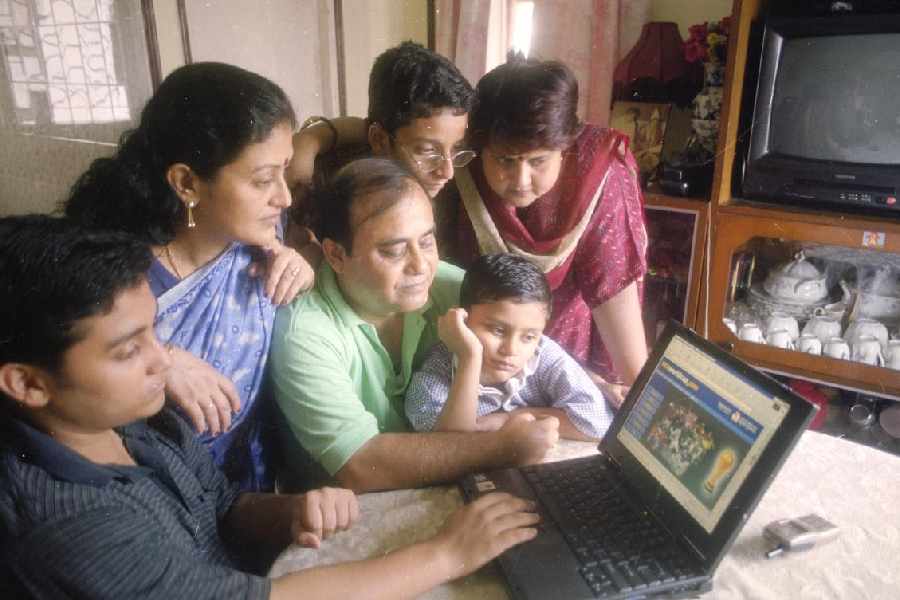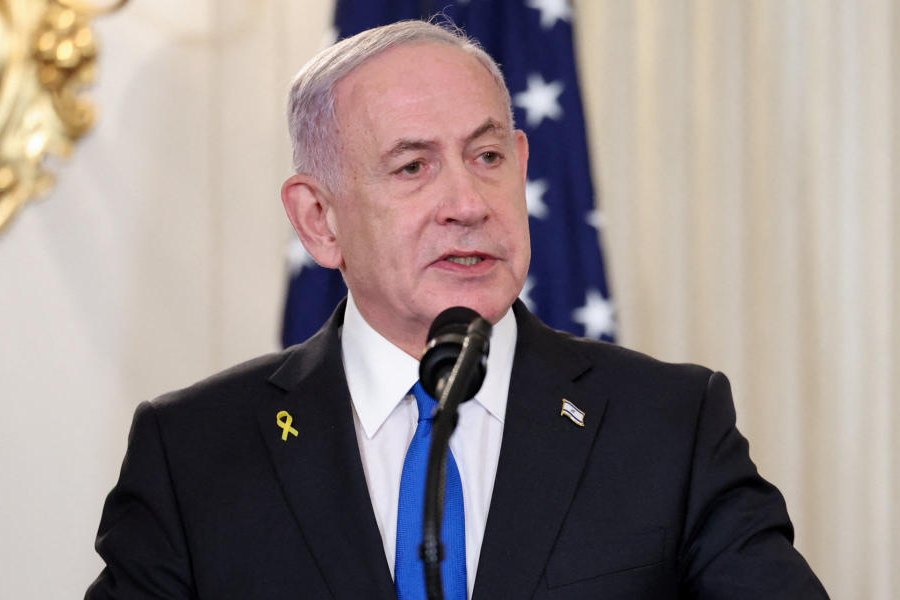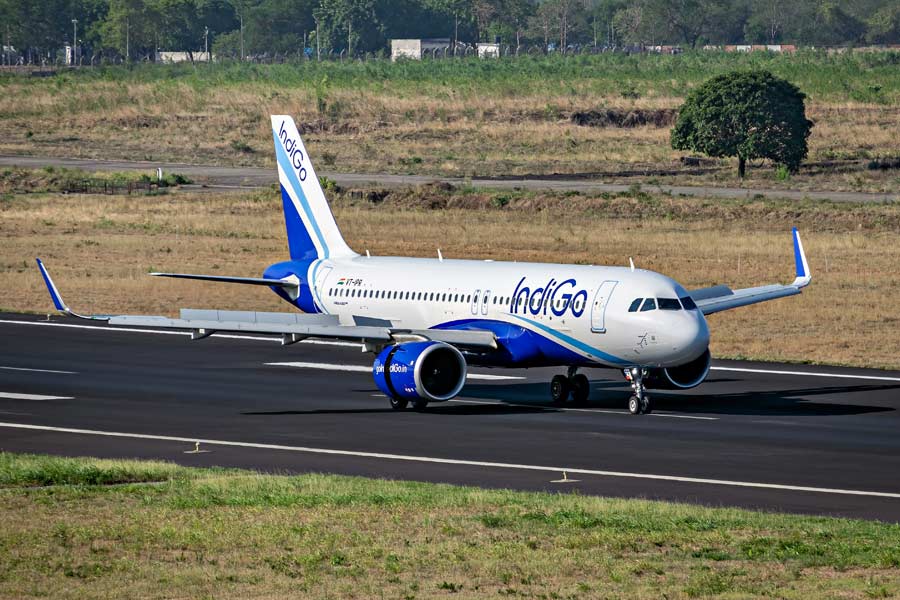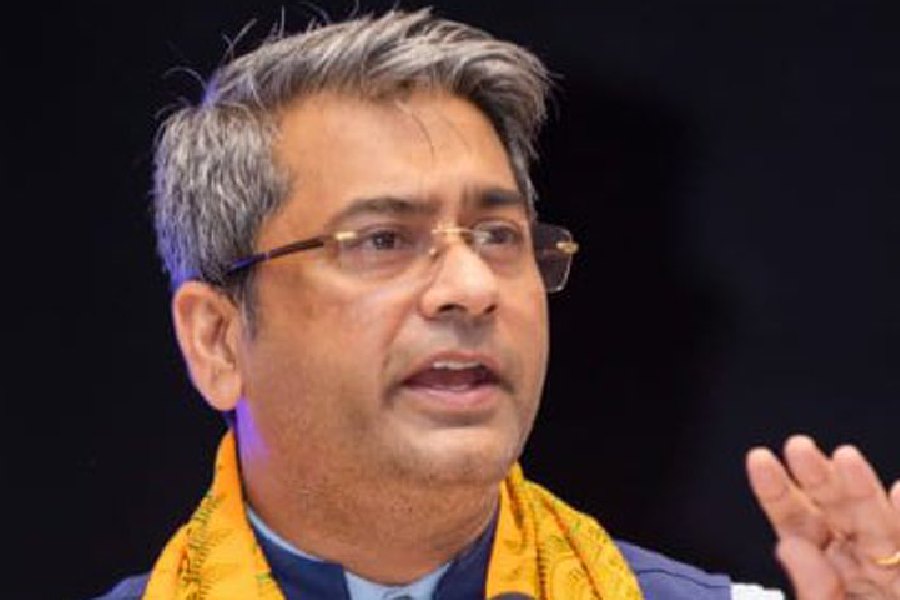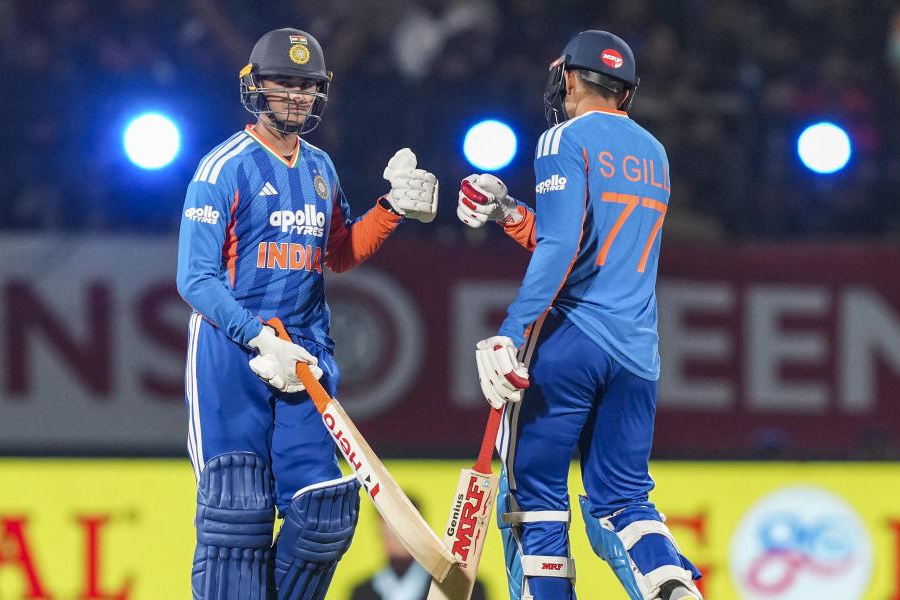A few days ago, Apple launched iPhone 16e, which presents a big update — the switch to the first cellular modem designed by Apple. Called C1, it’s a component we are seeing on an iPhone for the first time. When it comes to a new chip or processor, users can easily distinguish between the old and new by the time taken to complete tasks. Modem is a different game. It is in many ways responsible for putting the ‘phone’ in the iPhone.
Most users have no idea what kind of modem their phone has. They just want to be assured that they enjoy strong network signals to make voice or video calls sound good. A well-designed modem can offer more than only stable connectivity.
It also gives us an opportunity to remember how India joined the cyber world. Dial back the years to the mid-1990s when everything sounded uber-cool when ‘cyber’ got attached to it. The cool kids on the block were actually kids when it came to imagining possibilities.
Yahoo man and his friends
Pritish Nandy with Vijay Mukhi and Kanakasabapathy Pandyan had set up India’s first cybercafe at The Leela Kempinski where celebrities rolled in throughout the day to learn about the latest moves on Wall Street or what’s on at the Tate Art Gallery next season. The two often asked questions they faced were: What will the Internet achieve and what can it achieve?
Nandy and others had as friends a name that’s mostly associated with films — the legendary Shammi Kapoor. By the mid-1990s Kapoor’s best years in the film industry were behind him but that also allowed him enough time to pursue a new hobby — technology. He was always connected to the Internet. Michael Jackson and Sandra Bullock had their chat sites but time differences probably kept him away from making encounters with them.
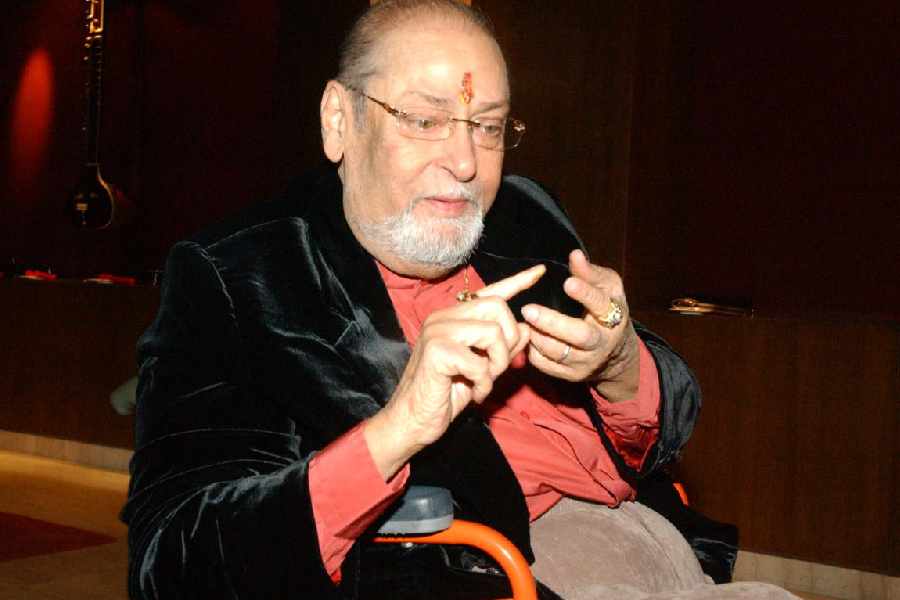
Shammi Kapoor encouraged Indians to browse the Internet in the 1990s.
“I have made friends with people from around the world and some just down the lane. We discuss everything,” he had said while discussing the Internet in the mid-1990s. Shammi Kapoor and the birth of the Internet in India are synonymous.
Ensuring the Internet became an integral part of his life, he stockpiled his lair with manuals and books on the new screen in his life—MacWorld, MacUsers and Macromedia Animation Studio, which kept Irving Wallaces and John O’ Haras company on the bookshelf.
He ensured that his new passion was heard among youngsters, so they would get inspired. “Shikar I have left behind. And golf is no longer the game of the old. It has become competitive. This hobby of mine makes me feel like a kid with a new toy. Everything excites me. I feel as if I am walking down the Louvre. A whole new world has opened up,” he said back then. The Yahoo man loved the Mac and was gifted one by his niece Ritu Nanda.

Enriching the circle of patrons of the Internet in India and technology was the erudite Vijay Mukhi, who passed away in 2018.
Kapoor’s friend circle expanded considerably to include the likes of VSNL chief B.K. Syngal, who publicly appreciated Kapoor’s net involvement, and another industrialist, Miheer Mafatlal. As the head of VSNL, Syngal launched the Internet in five Indian cities — Delhi, Bombay, Calcutta, Madras and Pune — on August 15, 1995. Anybody trying to access the Internet from beyond these five cities, had to make long-distance calls for a hefty per-minute price.
Mafatlal had in-depth knowledge of the Internet and its possibilities. The first brush with computers for him started much before the arrival of the Internet in India. It was his stint in the US that helped him nurture a love for technology.
Enriching the circle of patrons of the Internet in India and technology was the erudite Vijay Mukhi, who passed away in 2018. He had to his credit scores of books, teaching how to code and clearing up concepts around technology. An engineer with the VJTI stamp, he started his computer training institute called Vijay Mukhi’s Computer Institute in 1989 to teach students the latest in technology.
Before coming to the part about the official launch of the Internet in India, the story won’t be complete without a mention of eWorld, a short-lived online service that Apple had introduced in 1994. A 2015 report from Mint sheds light on this interesting offering. Mafatlal had received beta accounts for the eWorld service because his company, MicroGiga, had been selling Apple computers as desktop publishing solutions in India. When eWorld launched, Kapoor, Mafatlal and a few others were given accounts. The service didn’t need international calling; just a username and login. VSNL wasn’t happy because its Internet service hadn’t yet launched.
Internet Users Club of India
Once the Internet became accessible, there were user concerns. This is where the Internet Users Club of India comes in and Shammi Kapoor was its chairman. Formed in 1995, the objective of the organisation was to lobby on behalf of net surfers. Its members were “anyone who has an Internet connection”.
Such was the enthusiasm of the integral members of the club that they would reportedly take an Apple Macintosh Performa 5400 from one place to another just to show people what the Internet looked like and what it could do.
One of its primary concerns back then was the cost of accessing the Internet. Now we just log on to a website and buy an Internet plan. It was a completely different set-up in the 1990s. The sole public Internet Service Provider was Videsh Sanchar Nigam Limited (VSNL), which struggled to garner subscribers in the early months at a time when China was talking of providing an Internet connection to every student. Before the VSNL service, only people in academic and research institutes, certain government and non-government organisations and, to a limited extent, private and international organisations in India would venture into cyberspace using ERNET.
The tariff for the individual dial-up user was Rs 5,000 for 250 hours of use. For a commercial organisation, the tariff was Rs 20,000. For organisations using 2.4 KBPS leased lines, they were charged Rs1.5 lakhs while for 128 KBPS, it was Rs 25 lakhs.
It wasn’t just about the cost to access the net, one has to remember the cost of hardware to access the net. A computer (powered by i386) was needed which was priced around Rs 40,000, a modem link which was costly and a telephone connection.
VSNL chairman and managing director, the late B.K. Syngal had a tough time at first but then things were figured out. Interest in the Internet was slowly fuelled by articles that appeared in various publications and people like Bill Gates, who had a substantial following among students. In March 1997, the then Microsoft chairman told doting Indians during his visit to the country that computer knowledge had become as vital as literacy. He was right. It’s estimated that till May 30, 1996, 6,02,84,739 people all over the world had logged onto the Internet. A large chunk (about 43 per cent) of the crowd belonged to the age group of 16 to 25.
For India, the mobile phone played an important role in making the Internet our lifeline. First it was 1G in the 1980s, or analogue cellular, which graduated in the 1990s with 2G. By the late 2000s, 2G was pushed aside by 3G and then came 4G. Selling 5G has offered a big boost to the bottom line of smartphone manufacturers.

